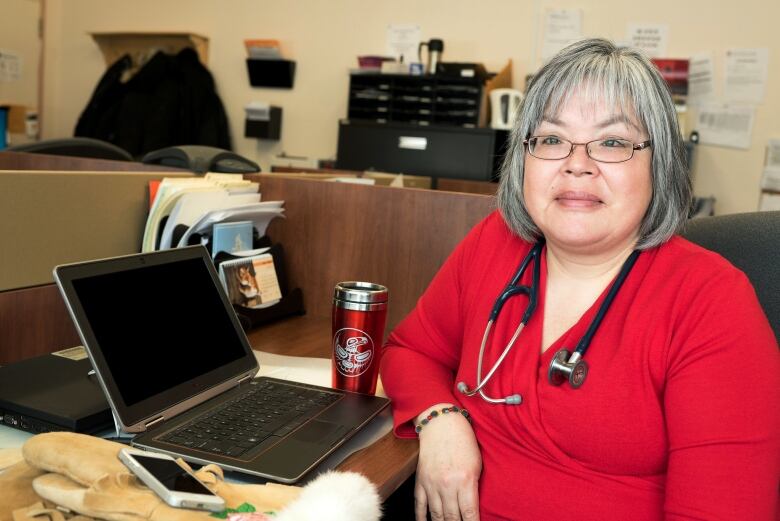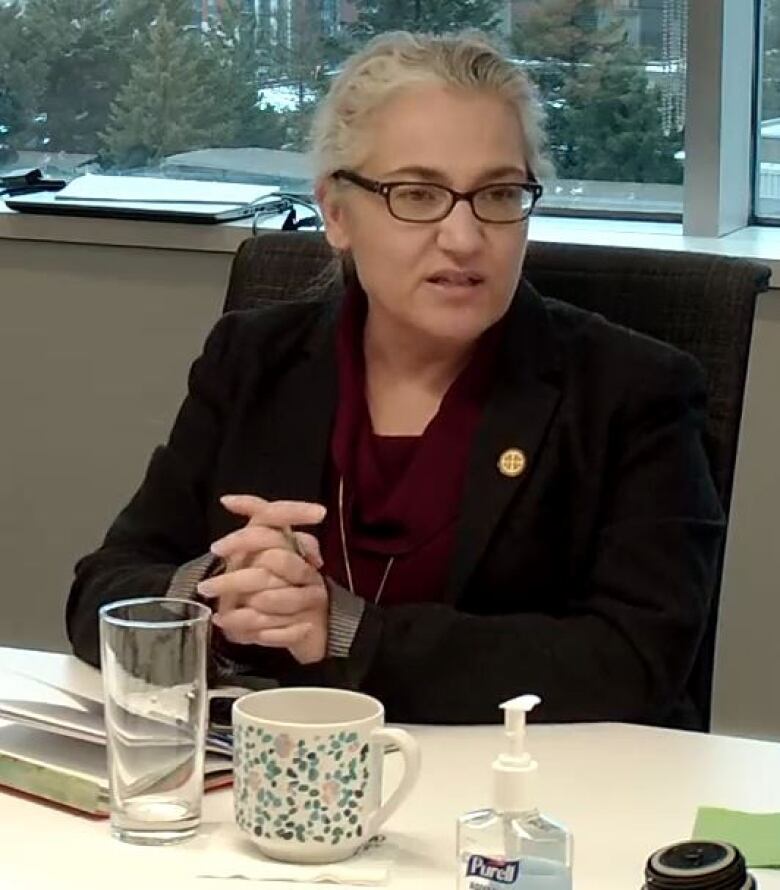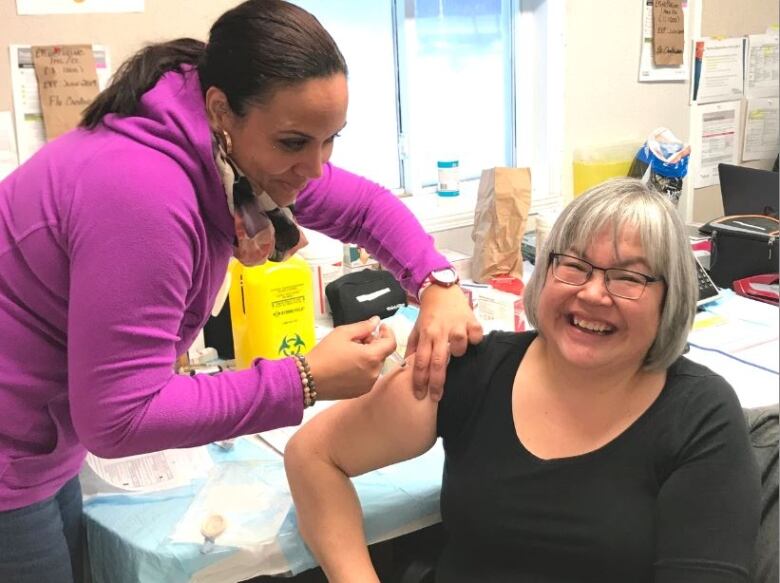Lessons from H1N1 flu in 2009 helped Quebec Cree communities prepare for COVID-19
Region the only one in Quebec still without community transmission: Cree officials

Dr. Darlene Kitty knows a thing or two about facing a pandemic and says lessons learned during the last oneare helping Cree communities in northern Quebec face COVID-19.
In 2009, the H1N1 flu virus hit Kitty's home community of Chisasibi hard hospitalizing people at a rate 33 times higher than in the rest of Quebec.
Kitty was working as a young family doctor at that time at the local Chisasibi hospital, about 1,400 kilometres north of Montreal, having graduated from medical school just three years earlier.
"I was well trained ... but when you're actually living it, it's quite different," said Kitty, adding the H1N1 virus spread very quickly when it first appeared.
"We were seeing about three times more patients on a typical day," said Kitty. "It started quite quickly from a contact from Montreal and then quickly spread."
The high rate of hospitalization was, in part, due to high rates of chronic diseases such as diabetes and heart disease among the Cree population, according to Kitty, but also because doctors sent more people to hospital during the first wave of the outbreak as a precaution.
Public health campaign key

The Cree health board and staff like Kitty also quickly mounted a public health campaign that was boiled down to simple and consistent advice about how to recognize the symptoms of H1N1 and how to reduce the spread of the virus.
"The impact [of H1N1] was felt, but it was also helped by what we were doing through public education," said Kitty, who ended up getting the virus herself, but continued taking "village calls" from her couch to support other Cree communities without a doctor.
And despite the high rate of hospitalization, only one Cree patient died after contracting H1N1, according to the Cree Board of Health and Social Services of James Bay (CBHSSJB).
"I learned a lot from [the whole] experience," Kitty said.
So did the entire Cree board of the health.
Helping in the COVID-19 fight
Many of those lessons and best practices have been dusted off to help the Cree communities face COVID-19, according to Faisca Richer, the director of public health for the CBHSSJB.
She said the board's data about H1N1 was the first place she went to lookwhen news of the novel coronavirus outbreak in China first started circulating in December.

Staff soon started to be trained on how to use personal protective equipment, and public health messages were put together and circulated to the communities.
In early March, the health board launched a COVID-19 specific website and opened a special phone line to help get public health information out to the population. The chairperson of the health board, Bella M. Petawabano, is on local radio several times a week, updating the population and repeatingpublic health messages.
The health board also regularly organizes live-streams where the population can ask questions.
Faisca Richer, the director of Cree public health, said one of the main lessons from the Cree H1N1 experience was the importance of galvanizing the tremendous ability of the population to get behind the public health messages.
The capacity of the communities to react well ... is just tremendous- Faisca Richer, director of public health for the CBHSSJB
"The capacity of the communities to react well under pressure ... is just tremendous," she said, adding it was a large part of the reason that so few died as a result of the H1N1 outbreak.
After the first wave of H1N1, a vaccine was developed to protect people from a second wave.
The Cree Board of Health and Social Services had the highest rates of vaccination in the province.
In the Cree territory, 84 per centof the population over sixmonths of age received the vaccine, compared to a provincial average of 57.3 per cent. For Chisasibi, vaccination rates were even higher.

"This is what I'm observing this time ... that the capacity of people to mobilize in terms of an impending crisis is tremendous," said Richer.
It's not yet clear how the COVID-19 pandemic will play out in the Cree communities. But so far they, along with non-indigenous towns nearby, make up the only region of Quebec without community transmission, according to the Cree Nation government.
What's more, the caseload in the region is among the lowest in Quebec with only ten cases in the Cree communities and eight in the rest of the region.












_(720p).jpg)


 OFFICIAL HD MUSIC VIDEO.jpg)
.jpg)



























































































